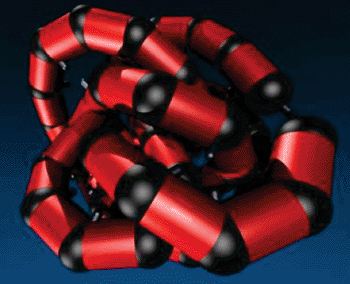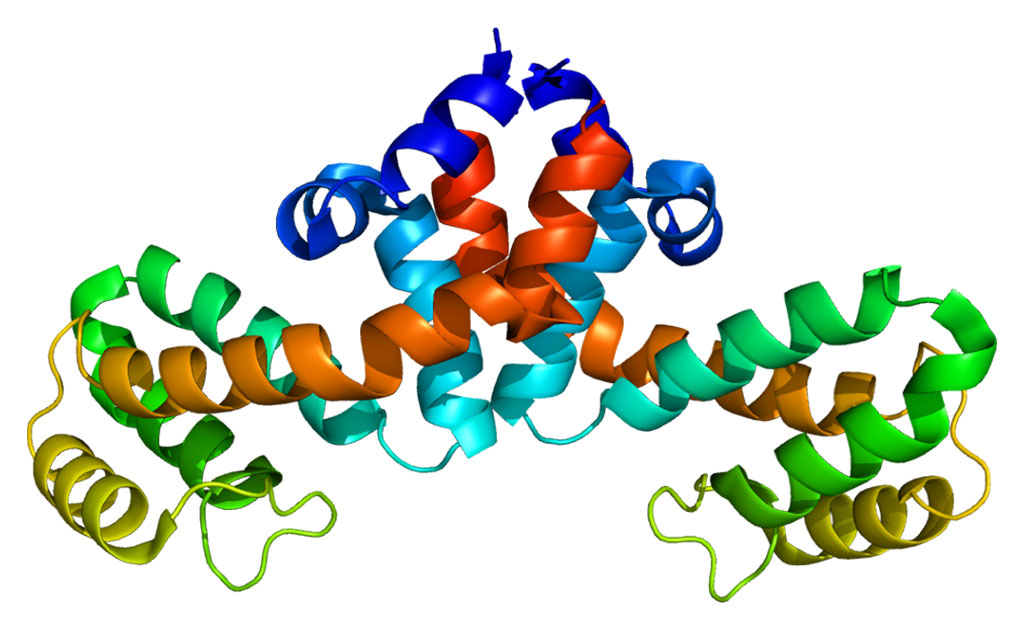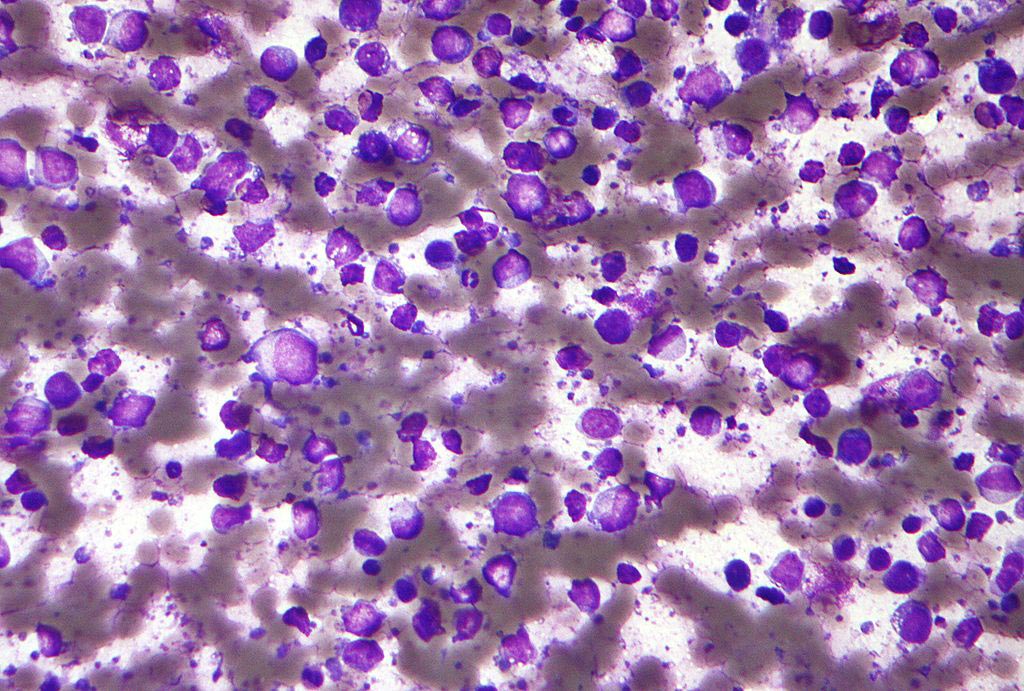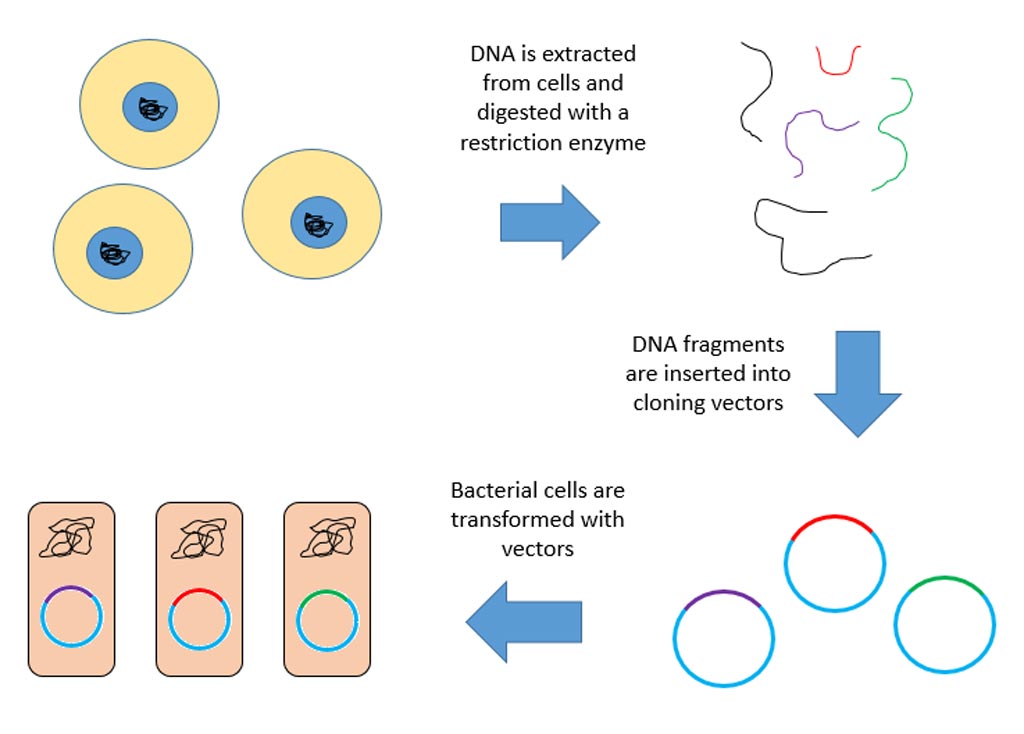Computer Simulation and Knotted Chain Technology Yield Virtual Synthetic Proteins
By LabMedica International staff writers
Posted on 28 Feb 2013
Accessing a powerful computer complex, a team of Austrian physicists has developed virtual synthetic proteins as the first step to the in vitro synthesis of fully active "bionic proteins."Posted on 28 Feb 2013
Physicists at the University of Vienna (Austria) together with investigators at the University of Natural Resources and Life Sciences (Vienna, Austria) exploited the computing power of The Vienna Scientific Cluster (Austria)—a pool of high-performance computing resources that covers the computing demands of four different Universities: the University of Vienna, Vienna University of Technology, the University of Natural Resources and Applied Life Science, and the Graz University of Technology—to develop a virtual mechanism for the construction of proteins from colloidal particles.

Image: The self-knotted structure of the bionic protein (Copyright: Ivan Coluzza).
The "knotted chain" methodology, which was fully described in the February 11, 2013, issue of the journal Physical Review Letters, was used to construct self-assembling chains of simple particles, with final structures fully controlled by the sequence of particles along the chain. The individual particles forming the chain were colloids decorated with mutually interacting patches, which can be manufactured in the laboratory with current technology.
The methodology was applied to the design of sequences folding into self-knotting chains, in which the end monomers were by construction always close to each other in space. The knotted structure could then be externally locked simply by controlling the interaction between the end monomers, paving the way to applications in the design and synthesis of active materials and novel carriers for drugs delivery.
"Imitating these astonishing bio-mechanical properties of proteins and transferring them to a fully artificial system is our long term objective,” said first author Dr. Ivan Coluzza, research in the physics department at the University of Vienna.
Related Links:
University of Vienna
University of Natural Resources and Life Sciences
The Vienna Scientific Cluster




 assay.jpg)









